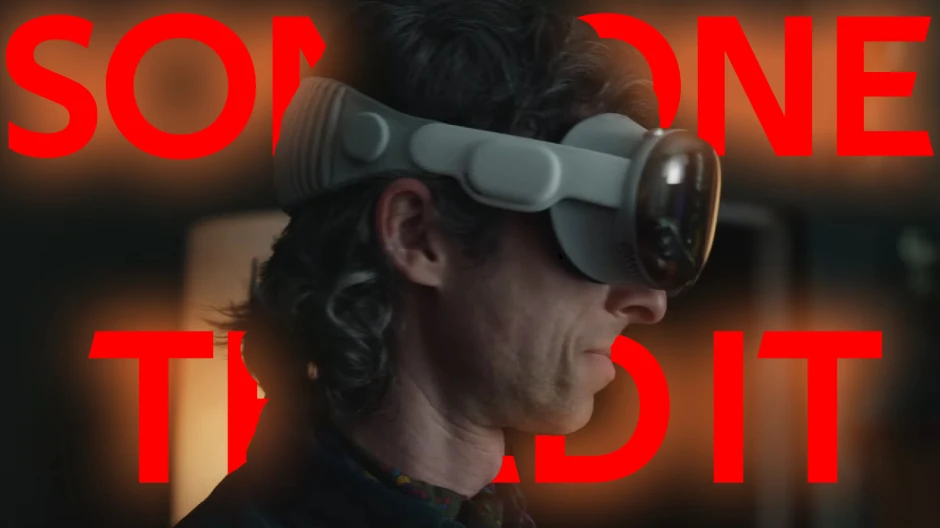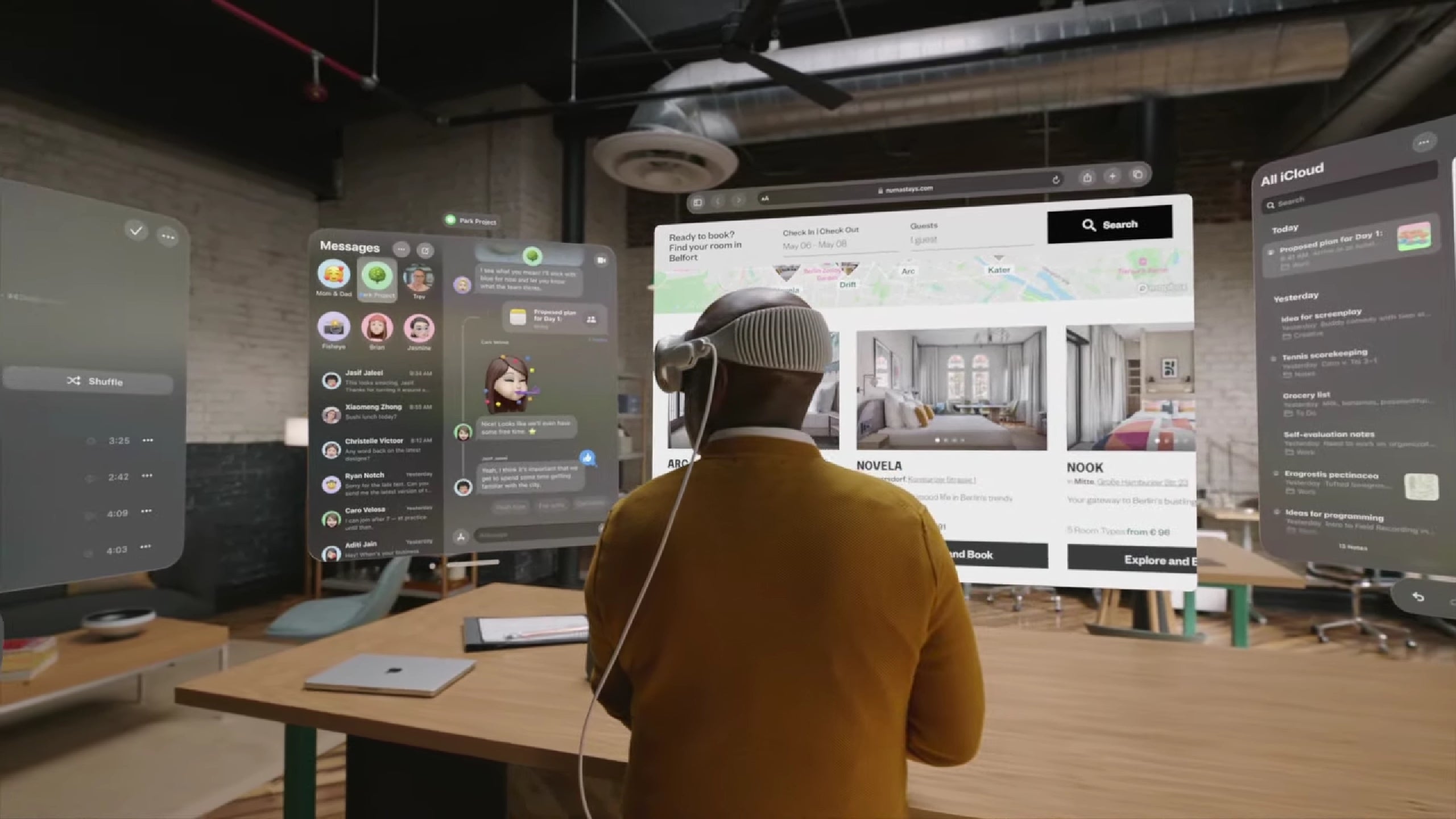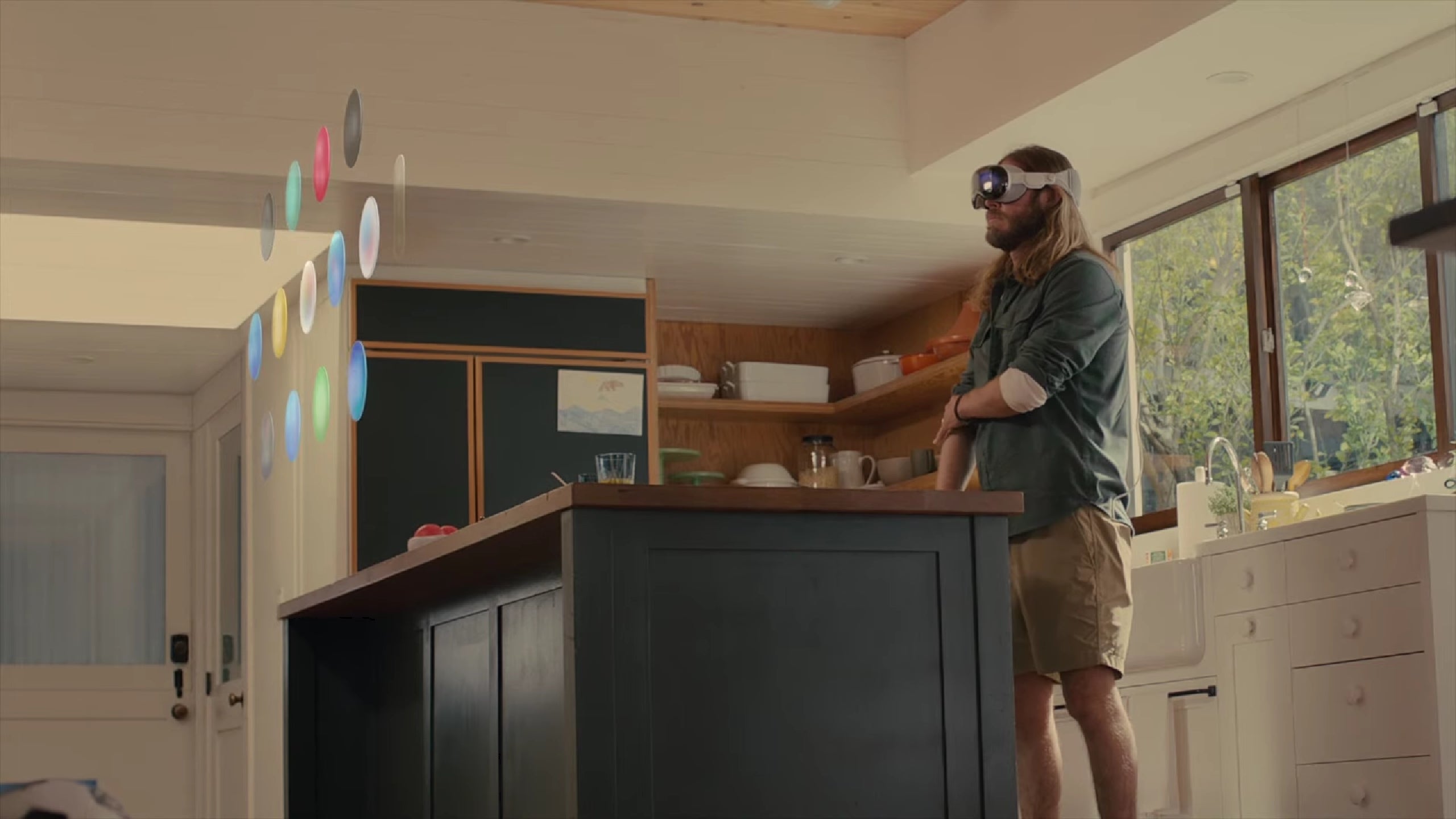Is this what it feels like to wear an Apple Vision Pro in real life: easy to use, but not for everyone?

Everyone is excited about checking if the Apple Vision Pro is going to rank up among the best AR/VR headsets on the market! But most of us will have to wait until 2024 and the mixed-reality headset’s release before we can actually do that.
But wait, why did I say most of us?
Well, because developer kits exist. These are work-in-progress units of technology that are meant to reach those brave souls, who’ve decided that they are going to develop software for the given platform. And, with the App Store being huge and all, of course such a category of people exists for the Vision Pro too.
But not everyone can get their hands on such a devkit. Which is why the likelihood of you even knowing someone that can qualify, let alone actually get one, is pretty low. So that is why it’s really cool of AppleInsider to share their story of such an occurrence.

Here’s an overview of the most important moments related to Mike Wuerthele’s two hour long close encounter with the Vision Pro:
- Apple’s design philosophy is present
- Setup is straightforward and can mostly happen on an iPhone
- The Vision Pro has an exceptionally wide field of view
- There are areas of “the void” on the edges of the screen, like with other XR headsets
- Video passthrough is clear and sharp, yet not perfect
- EyeSight — the Vision Pro’s ability to project your eyes, wasn’t available in the devkit
- Eye tracking feels better than on other headsets that have attempted it in the past
- Gesture controls feel right at home when compared with the iPhone or iPad
- Web-browsing is solid, but fancy websites and fonts are hard to read
- The virtual keyboard works, but it will take you time to get used to it
- Apps are likely going to need dedicated ports, due to feeling unclear on the Vision Pro
- The audio is clear and off-ear so that the wearer can be in their real environment
- As of now, there was no clear way to use the Vision Pro with headphones like the AirPods
- The user got an hour’s worth of testing from the battery
- Simultaneous charging and usage is possible for 60W, or do just either with a 30W charger
- The XR headset weighs about a pound (450gr), which is slightly less than the Oculus Quest 2(503gr) and it does eventually cause fatigue
- Eye-strain was almost non-existent after using the headset
- It feels like an enterprise-oriented headset
So! Let’s delve into some interesting parts.
First off, the field of view being almost twice as wide as that of the HoloLens feels right at home with what Apple wants to deliver: a suitable space for the wearer’s needs. That being said, I can see how that can feel distracting after taking the headset off, so maybe some way to fine tune it would be appreciated.

Oh, and a short word on the black areas around the screen: I’d like to invite you, dear reader, to focus on your vision and look at the edges of your eyes. If you are vigilant enough, you can see that said areas are part of your own, very human vision too. If that is the case, I think that we may be able to accept their presence on the Vision Pro too, as long as “the void” is to an acceptable degree.
Which it might be, considering the wider FOV, but time will tell for sure.
Now. Video passthrough is the big one for me, because this is what would enable all of the impactful AR shenanigans that the Vision Pro is expected to be able to do. And while “crisp and clear” sounds great, it doesn’t sound… Inspired or exciting. It sounds like it is better than what is expected, yet still not on the level of what we hope to see.
And I truly, truly hope that is not the case, because — to me — this factor is the real game changer regarding Apple’s headset. That being said, the wearer did check out an AR demo of magnanimous real-life importance and by the sound of things, it worked very well (especially for a demo).
In conclusion, I’d like to remind you that this is, after all, a devkit. As in: not the final build. What the Vision Pro ends up being might be drastically different from the experience that these impressions represent. Yet, they are a solid glimpse into what Apple sees as the future of XR, so I invite you all to check out the full article too.